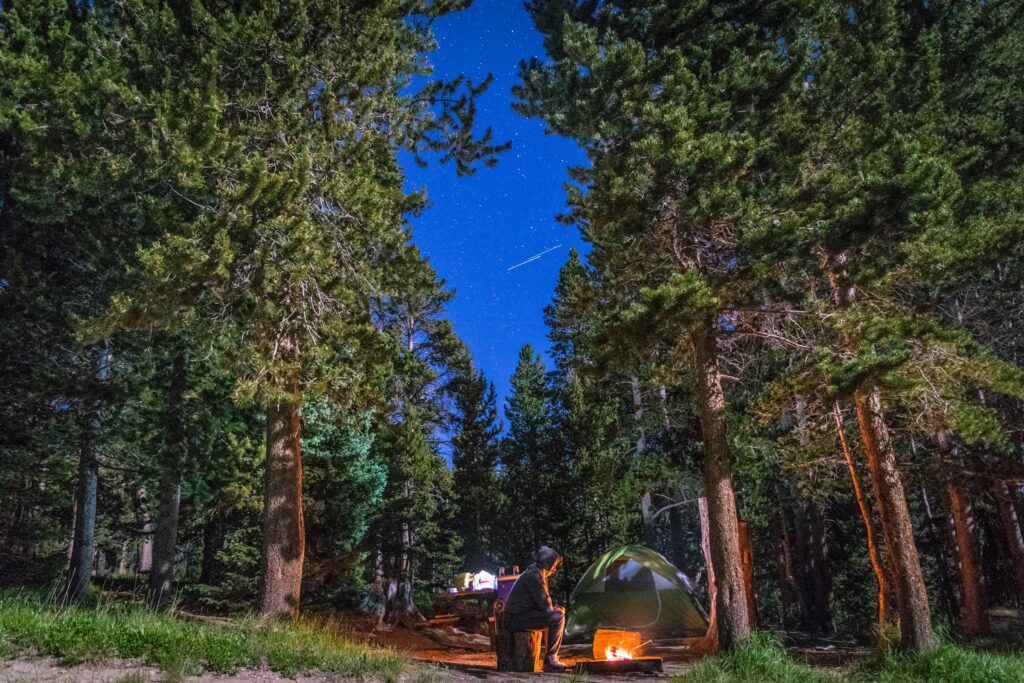Your brand’s story is your secret marketing weapon.
Whether your organization is for-profit or nonprofit, showcasing the inspiration and values driving your mission and business practices is a surefire way to set your brand apart. People are drawn to and captivated by a good story, yet many marketers and business leaders don’t leverage their brand’s narrative.
Have you shied away from sharing your organization’s story because you’re stuck on how to go about it? Let’s change that!
3 Brands With Storytelling on Lockdown
If you have any doubt about the power of brand storytelling, consider the real-life examples below. These brands not only share their stories but also demonstrate how they live by their missions and make an impact beyond their businesses’ bottom line.
What stands out about these companies is their flair for connecting with consumers using videos, images, interviews, and articles to communicate the ‘why’ behind what they do, the human element of their businesses, and the social and environmental impact they’re making.
TOMS
TOMS, a shoe retailer and certified B Corporation, was founded by entrepreneur Blake Mycoskie in 2006. “Wear Good” is more than the company’s tagline; it embodies its purpose. By giving away one pair of shoes for every pair sold since the company’s beginning, TOMS has demonstrated an M.O. of social responsibility from the very start.
Focused on improving lives, TOMS has formed strategic partnerships with other organizations to help provide access to mental health resources to people who need them. The company leverages storytelling not only by sharing its own backstory but also by featuring the stories of mental health advocates and why they “Wear Good.”
Warby Parker
Glasses are expensive, and many people all over the world with vision impairment go without them. Warby Parker is on a mission to change that. Founded by students who struggled with the high cost of stylish eyewear purchased through traditional channels, the company provides an affordable alternative and donates one pair of glasses for each pair sold through its “Buy a Pair, Give a Pair” program. Warby Parker does an excellent job of telling the story of how its social efforts are making a difference worldwide.
Another way the brand shares its story is by using video content to showcase—from design through manufacturing—how its glasses are made. The company serves as an excellent example of how to leverage authenticity and transparency to establish audience trust and confidence.
Coca-Cola
Coca-Cola, a brand that has withstood the test of time, masterfully uses storytelling to evoke a sense of nostalgia and tug at the heartstrings of its audience, particularly during the holiday season. The company’s commercials and marketing initiatives are not just about selling a product but also about presenting compelling narratives that resonate with people’s emotions. They feature how life’s seemingly small moments bring joy and togetherness, such as loved ones sharing a meal and a Coke or random strangers finding common ground through their mutual enjoyment of an ice-cold Coca-Cola.
The company has also effectively leveraged the power of its traditional branding (even while evolving with the times to remain relevant) to connect with multiple generations. People, young and old, worldwide recognize Coca-Cola’s iconic glass bottle design with its red and white graphics.
Getting Started
So, where can you begin if you haven’t yet infused storytelling into your marketing strategy? Focusing on the following areas will help you start honing in on the compelling personal story behind your business.
The Who Behind Your Why
- Who founded your company, and what inspired them?
- What challenges did they meet along the way, and how did they overcome them?
- What signs of success motivated them to stay the course?
- What lessons have they learned?
Your Evolution
- How has your company changed or grown over the years? What propelled those changes?
- What milestones have you reached, and on what timeline did you achieve those accomplishments?
- What new initiatives are you pursuing?
Positive Social and Environmental Impact
- What charities and social causes do you support, and how do you support them?
- What community volunteerism does your team participate in?
- How does your company practice sustainability (e.g., reduce waste, use recyclable materials, conserve energy, etc.)
- How do you nurture a culture of purpose beyond profits in your organization?
What’s Your Story?
Every brand has a story, so dig in and draw out what makes your company special. Contact us to discuss how we can help you tell yours.
